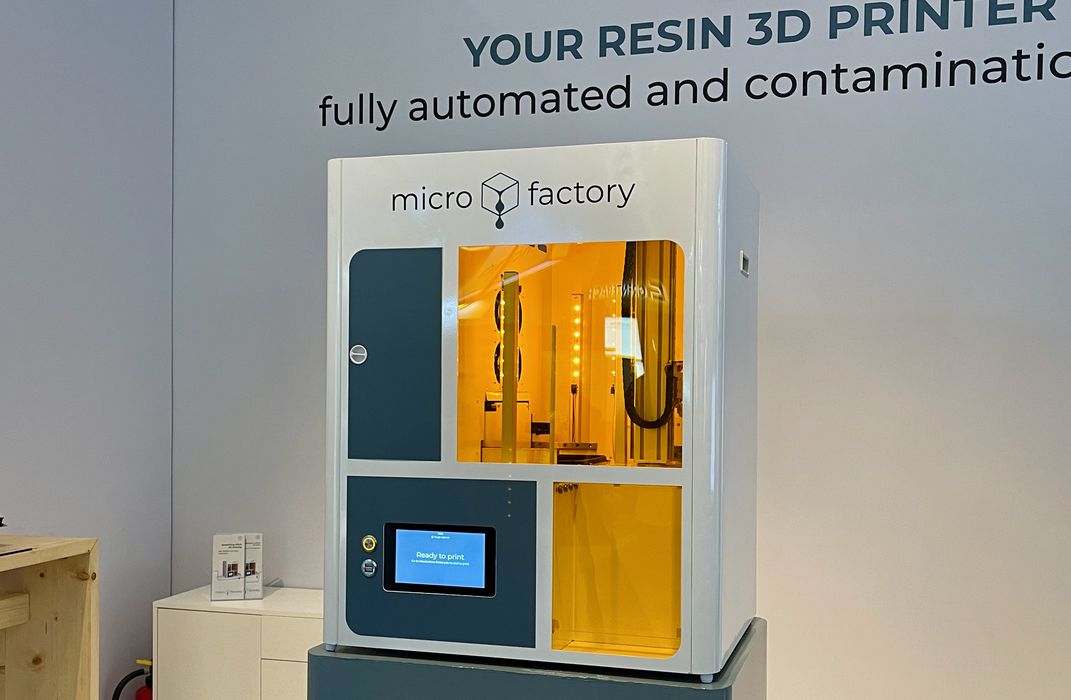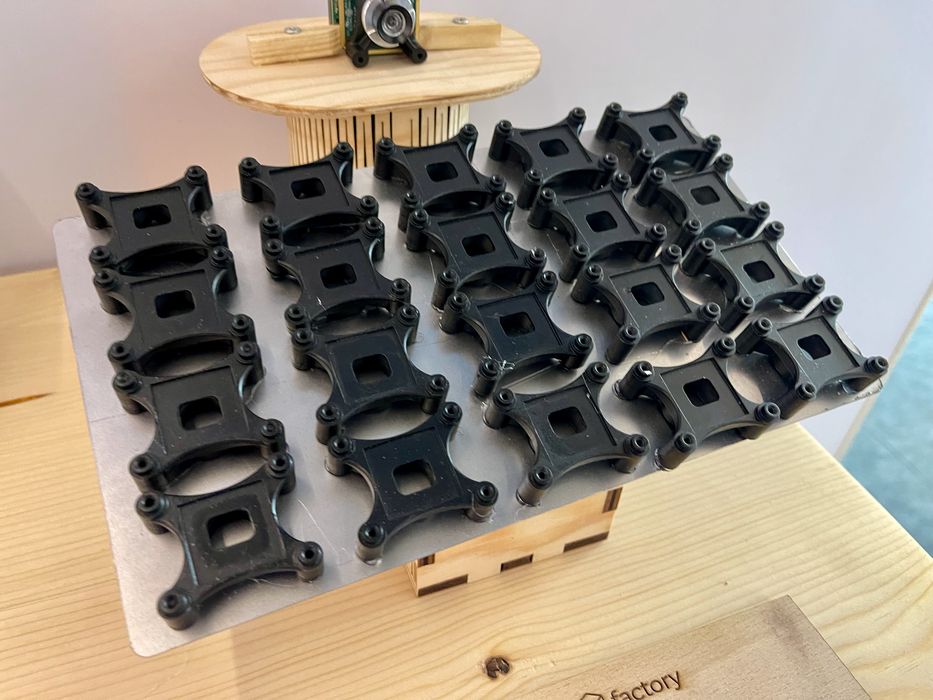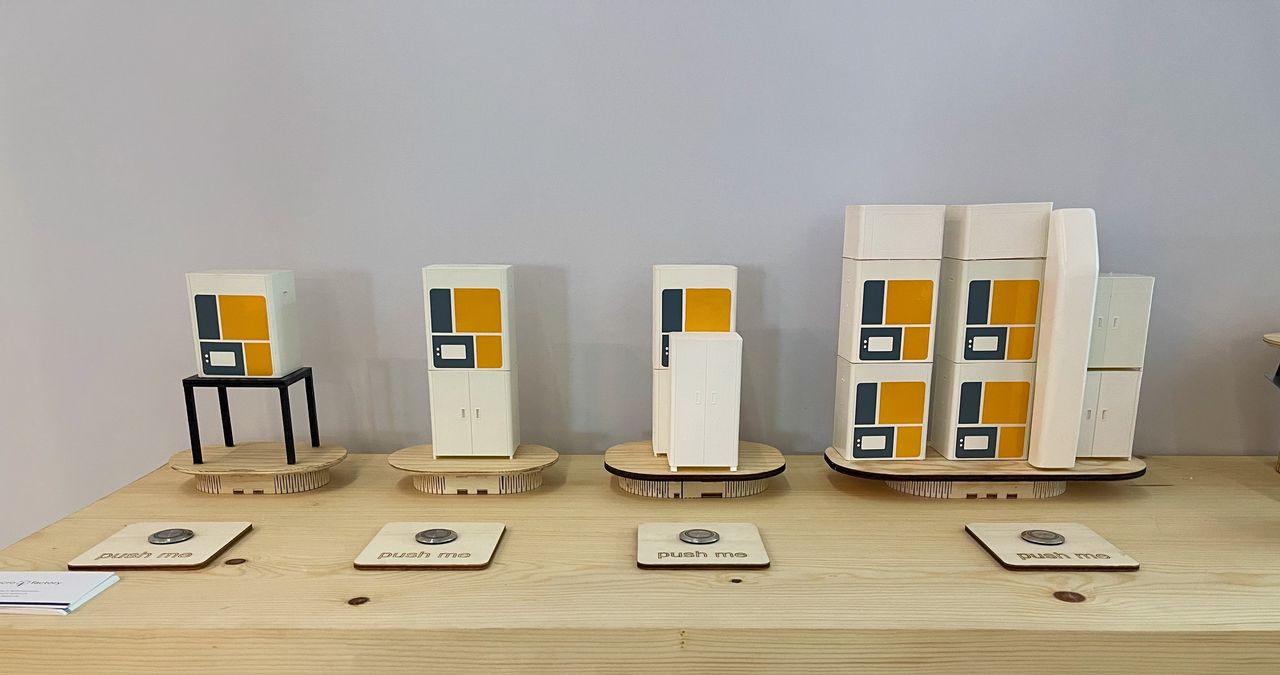
Microfactory has developed a very unusual resin 3D printing system that should be completely safe for operators.
Resin 3D printing is becoming more popular, but it comes with a cost: most 3D printer resin is quite toxic, and requires very careful handling to avoid exposure and subsequent toxic reactions.
Almost all inexpensive resin 3D printers totally ignore this issue, and leave it up to the operator to wear the appropriate PPE, and use safe resin handling procedures. My fear is that this does not always occur, and many people are unknowingly being exposed to toxic substances.
Because of that I am particularly interested in 3D printers that do address safety concerns. That seems to be one of the prime objectives of Micro Factory, a Munich-based startup of TUM Venture Labs that is producing a resin 3D printing system.
While most desktop resin 3D printers require use of separate wash and cure stations — and generate sloppy messes when moving work between them — the Micro Factory concept puts it all in one box.
The apparently as-yet unnamed MSLA machine is completely enclosed, and implements four functions:
- Printing
- Washing
- Drying
- Curing
The printing is the first step, as you might expect. When printing completes, the resin vat and light engine slide off the side, revealing the IPA wash tank underneath.
This is quite strategic, as the drippy print ALWAYS is over either the resin vat or the IPA tank. Drips can ONLY fall into controlled locations, unlike any other resin 3D printer I’ve seen or used.
The build plate is lowered into the IPA tank and quickly washed in an active manner. At that point the resin is gone, but the print, which is still affixed to the print plate, remains wet with IPA.
The plate is then raised up to an area where there are multiple fans. These blow on the print and quickly dry it off. Drying is an essential step when post processing resin 3D prints: if you cure without drying, you can get weird shiny spots or crumbly white bits. Always dry before curing!
Finally, a ring of UV lights fires up and cures the print.
But that’s not all! The device then ejects the fully processed print plate, where the operator can pick it up and remove them from the plate.

Note that in the event that support structures have to be removed before curing, it is possible to pause the job and remove supports.
The IPA gets polluted with some resin, as expected, but Micro Factory has placed a small UV light in the IPA tank to solidify that residue. It’s then filtered out, making the IPA permanently clean! I don’t know why all wash stations don’t do this.
These steps together completely automate the printing and post processing, unlike any other machine I’ve seen. The operator never touches any resin, or IPA. Even resin loading is done by simply placing a tube into the bottle, and the device sucks up the material automatically.
That’s safe. Very safe.
But there’s more!
The print surface, which is ejected, is actually a thin piece of metal that is (I think) magnetically attached to the main plate. The device holds a massive store of up to 200 (that’s TWO HUNDRED) of these plates. In other words, as long as you keep feeding the machine resin, it will continue to pump out completed build plates automatically.
This is done through web-based software that provides detailed control of the system.

Micro Factory has visions for a more automated future. Above you can see mock ups of various configurations where they will in the future offer robotic solutions to pick up and manage the completed build plates.
This system, if implemented, would certainly be one of the most automated resin 3D printing systems on the market.
It’s apparently available now at a price of €29,950.
Via Micro Factory and TUM
